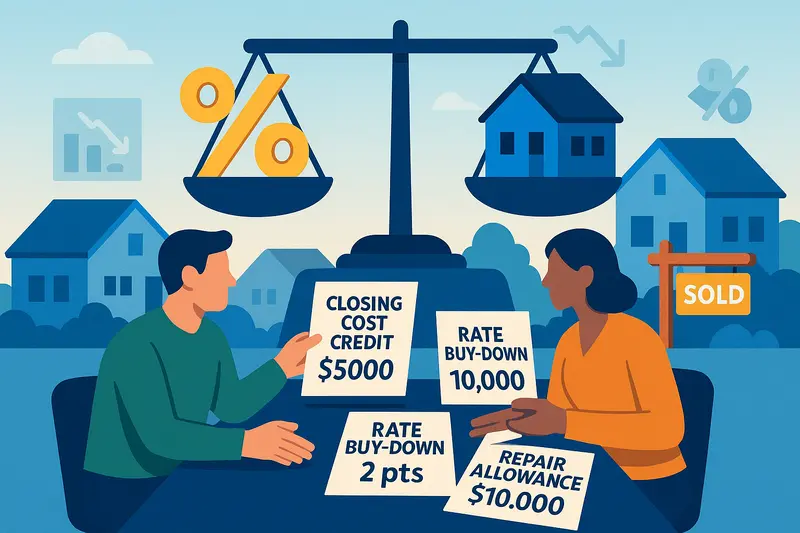Balloon Mortgages: Lower Early Payments in Exchange for a Large Final Balance
Question
Answer
Balloon mortgage is a home loan structure that offers lower monthly payments at the start by amortizing over a longer period (often 20–30 years) while setting a lump-sum “balloon” payment due at the end of a shorter term (typically 5–7 years).
In a balloon mortgage:
- Initial payments follow a long amortization schedule, keeping early installments more affordable.
- At the end of the agreed term, the remaining principal becomes due in one large payment—the “balloon”.
- Borrowers must plan to either refinance, sell the property, or pay the lump sum out‐of‐pocket when the balloon matures.
Key details to consider:
- Typical term length: 5 to 7 years (some lenders offer 3- or 10-year options).
- Interest rates can be fixed or adjustable during the initial period.
- Refinancing risk: Qualification depends on market rates and credit at balloon time.
- Prepayment penalties or strict payoff clauses may apply if you sell or refinance early.
Balloon mortgages suit buyers expecting a rise in income, a home sale before maturity, or favorable future rates. However, they carry higher refinancing risk and the possibility of large cash needs at the end of the term. Before choosing a balloon loan, buyers are recommended to verify loan terms with a lender and consult a licensed attorney or financial advisor. For more information on federal guidelines, see HUD or your state’s housing finance agency.
Before making a final decision, it’s advisable to check with a licensed local attorney or real estate agent and ensure you have a solid plan to manage the balloon payment when it comes due.


